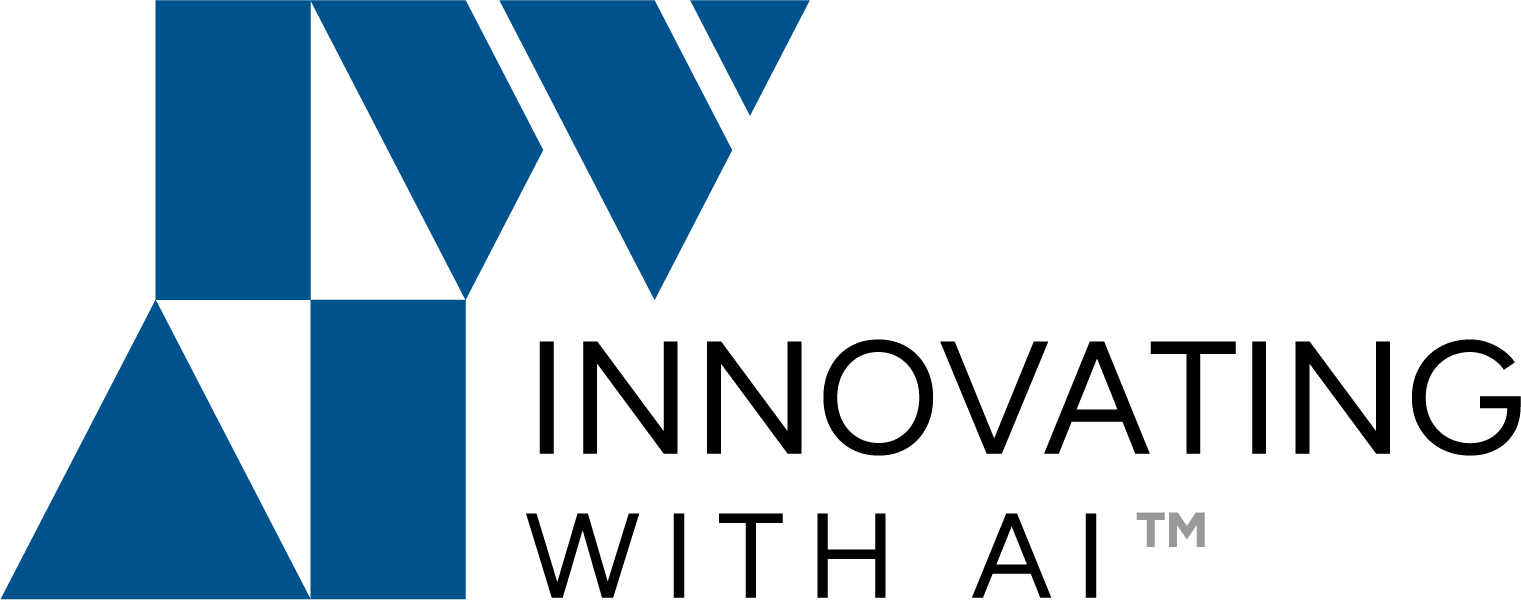I recently read three theories on how OpenAI will make more money in the future – all of which are most likely wrong.
(One of them even came from OpenAI’s own CEO!)
The problem? Each of these ideas “fights the last war,” which means they’re based on things that worked (or were well known) in the past, without really considering how much AI has changed the fundamentals of every business.
Want early access to our AI industry analysis? Subscribe to our free newsletter.
Theory 1 – OpenAI is Uber and DoorDash
This idea was presented in a recent article in The Atlantic under the headline “The Gen Z Lifestyle Subsidy” (gift link).
The idea of a lifestyle subsidy harkens back to the early 2010s when companies like Uber and DoorDash were rolling out their services at impossibly low prices thanks to a huge dose of venture capital investment. Their goal was to get so big that they could eliminate all the competition and own their newly created marketplaces.
Both companies have managed to raise their prices and turn a profit, even though they never really pulled off the goal of wiping out all competition. Still, for many years, Uber and DoorDash lost money on every order, and did so at the altar of growing their user base.
(The complaint about the “Millennial lifestyle subsidy,” which the headline riffs off of, is that young people living in big cities ~15 years ago got these cool new services for super-cheap, whereas today’s users of these services have to pay much more.)
The author suggests that free and cheap AI tools are the Gen Z equivalent of a “lifestyle subsidy” – something that’s being given away at a loss to grow the user base. (The implication is that the company will eventually raise prices and “pull the ladder up,” making it much more expensive for late adopters.)
While it is certainly true that OpenAI is not yet profitable, I don’t really buy this comparison overall.
Here’s why:
1 – Uber and DoorDash are multi-sided marketplace businesses. This means that they get better for all users if more users join. Specifically, you need both customers and drivers. If you run a multi-sided marketplace, it makes sense for you to spend almost an infinite amount of money trying to reach a critical mass of users, and you also need to spend and advertise differently to attract the different groups who make up each side of your marketplace.
The same is true for Facebook and Twitter – they need users and advertisers, which means it made sense for them to spend a lot of money to scale their user base quickly.
ChatGPT is not a multi-sided marketplace. The number of other people using ChatGPT has almost zero effect on the quality of my experience using ChatGPT. This means that OpenAI does not have the same incentive to “grow at a loss” that Uber and DoorDash had.
2 – There is zero chance that OpenAI will ever “corner the market” on AI models. If we have learned anything from the past two years of AI model races, it is that there is no moat in creating new, high-quality large language models. No matter what OpenAI does, Google, Anthropic, Meta and many others will always be on its tail.
And because there is no network effect, there is also a very low switching cost for a user to jump between model providers.
Contrast this to Uber. Imagine a scenario where Uber is so much better than its competitors that it recruits nearly all the eligible drivers in Denver. As a result, riders in Denver only have one good option, since Lyft has so few drivers that quality and speed of service goes way down. This creates a cycle where growth and user acquisition allows Uber to get better and better (and take over nearly the whole market).
We already know that this is impossible for OpenAI, since there is no multi-sided marketplace, no network effect, and no hope of staying far enough ahead of the competition to build a proverbial moat.
In other words, OpenAI is not fighting the same war that Uber, DoorDash and Facebook fought when they attempted to build a network effect for their apps.
Theory 2 – OpenAI is a collateralized debt obligation during the 2008 financial crisis
I know, that’s a mouthful.
It’s also one of the central ideas in a recent post titled OpenAI Is A Systemic Risk to the Tech Industry.
If you are familiar with the 2008 financial crisis, you probably can see where this is going. Here’s what happened to precipitate the Great Recession:
- A bunch of mortgage brokers got paid commissions to give mortgages to home buyers who obviously would never be able to pay their bills
- These subprime mortgages got rolled up into collateralized debt obligations (CDOs), which disguised how risky they were
- A series of Wall Street firms bought the CDOs …
- … while other firms bet against the CDOs …
- … while other firms took the riskiest parts of the first batch of CDOs and made a new set of CDOs out of them, then sold them again …
- … which created an infinite loop where the amount of “gambling” associated with a subprime mortgage amounted to much more money than the value of the mortgage itself.
Then, when buyers started to default on their mortgages en masse, the financial system didn’t just lose the value of the mortgage. It lost the value of the mortgage, the bets on the mortgage and the side bets on the original bets, over and over again, essentially creating an exponentially larger amount of risk than could be backed up by the physical homes at the center of it all.
This is why you saw entire investment banks go out of business (or get bailed out at the last minute).
So… what does this have to do with OpenAI?
Here’s what the author of the Systemic Risk article proposes:
“The parallels to the 2007-2008 financial crisis are startling. Lehman Brothers wasn’t the largest investment bank in the world (although it was certainly big), just like OpenAI isn’t the largest tech company (though, again, it’s certainly large in terms of market cap and expenditure). Lehman Brothers’ collapse sparked a contagion that would later spread throughout the global financial services industry, and consequently, the global economy.”
To support this, he cites the fact that OpenAI is unprofitable (true), that its investors have promised it $40 billion that hasn’t actually been transferred yet, that those investors are taking out debt (normal and true), and that OpenAI is a large customer of companies like Microsoft, Nvidia and CoreWeave.
In my view, though, the leap to systemic risk makes no sense, because…
There is no exponential or vicious-cycle risk if OpenAI goes out of business.
The problem during the Great Financial Crisis wasn’t just that a company failed to meet its obligations – this happens all the time. It was that bankers created new forms of gambling on risky loans that resulted in the same loan being bet on multiple times by many different parties, many of whom weren’t aware of the low quality of the underlying loan.
To put this another way – if OpenAI fails to pay $1 billion in bills to Microsoft and CoreWeave, those companies stand to lose $1 billion in revenue. This is bad, but it is not the same as losing 1,000 x 1,000 x $1 billion, which is the scenario that was in play during the 2008 crisis.
Since there is no mechanism to make crazy self-multiplying bets on OpenAI, there is no systemic risk to the tech industry if things go south.
The worst case scenario is that OpenAI goes out of business and its vendors or investors buy up / sell off its assets to the many companies that are hungry to get a leg up in the AI world.
The Great Financial Crisis was a nightmare… but fortunately, even if OpenAI can’t pay their bills, we don’t have to fight that war again.
Theory 3 – OpenAI is for e-commerce?!
Apparently this idea came from OpenAI CEO Sam Altman himself, according to reporting by The Information about OpenAI’s future revenue forecasts.
“CEO Sam Altman mentioned recently affiliate fees or taking a percentage of sales generated through user searches as possible revenue sources…”
There are not enough eye-roll and lol-sob emojis for me to express my feelings about this effectively.
That said, we know that Sam is an inventor and innovator but not the best at a lot of other things, like naming his products (4o, o3, etc.) and, apparently, brainstorming the business models of the future.
What he is suggesting here is effectively the business model of NerdWallet or Wirecutter – recommending a product and getting a few pennies if the user clicks through and buys.
I get the sense that they’re really not sure how they’re going to fully monetize OpenAI, and they’re just saying random things to see what sticks.
Which brings me to my analysis of OpenAI’s real business model…
OpenAI is Google in 1998
Google launched with an amazing product that came from years of fascinating, world-changing research and development, but without a viable business model.
They didn’t find the viable model until they adapted an “advertising auction” concept and launched their AdWords business in 2000.
Today, we take it as a given that you bid for ads in an auction format – but that was very rare before 2000.
We are in a similar place with AI right now – OpenAI is effectively a research and development company rather than a traditional business, and the fact is that no one knows the best way to monetize AI models yet. Maybe the AI model companies will keep simple infrastructure-style pricing (where you pay per token or gigabyte), or maybe they’ll discover something entirely new.
What we do know, however, is that even if all AI development stopped today, we’d still have “a decade of major changes across entire professions & industries (medicine, law, education, coding…) as we figure out how to actually use it.”
This is why all the backward-looking business models are likely wrong. Instead of comparing AI companies to the past, we’ll be spending the next few years designing the business models of the future.


